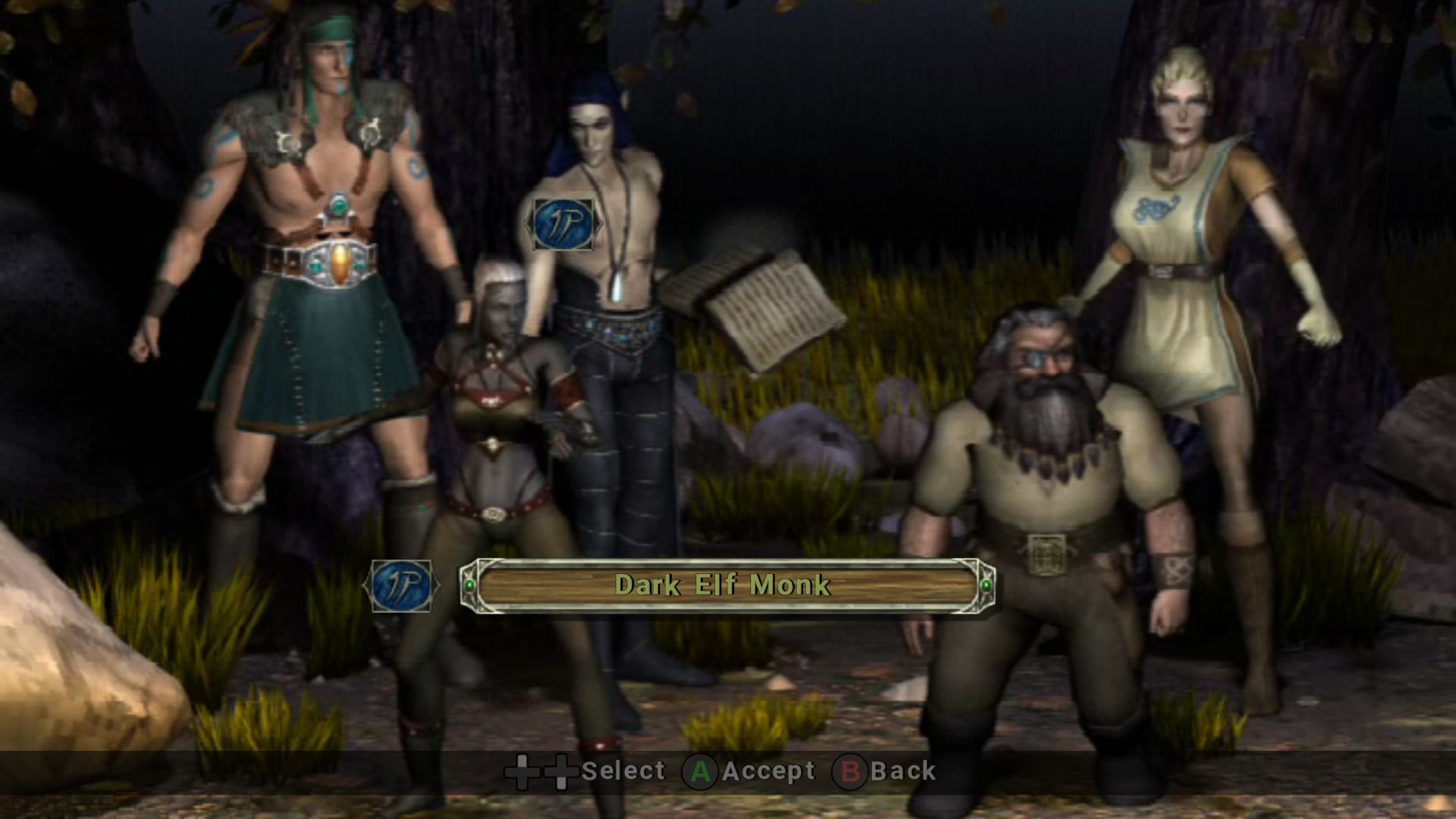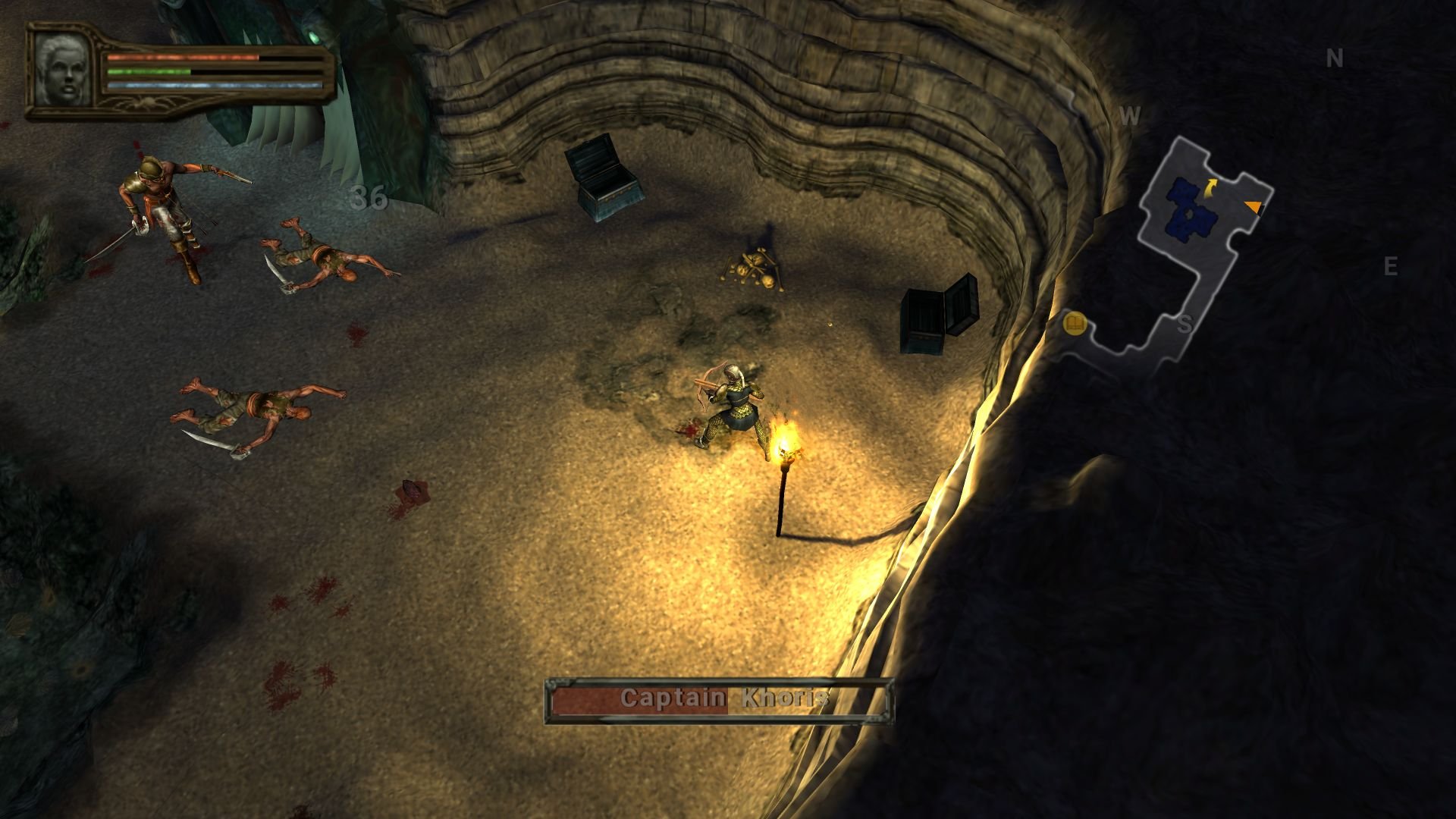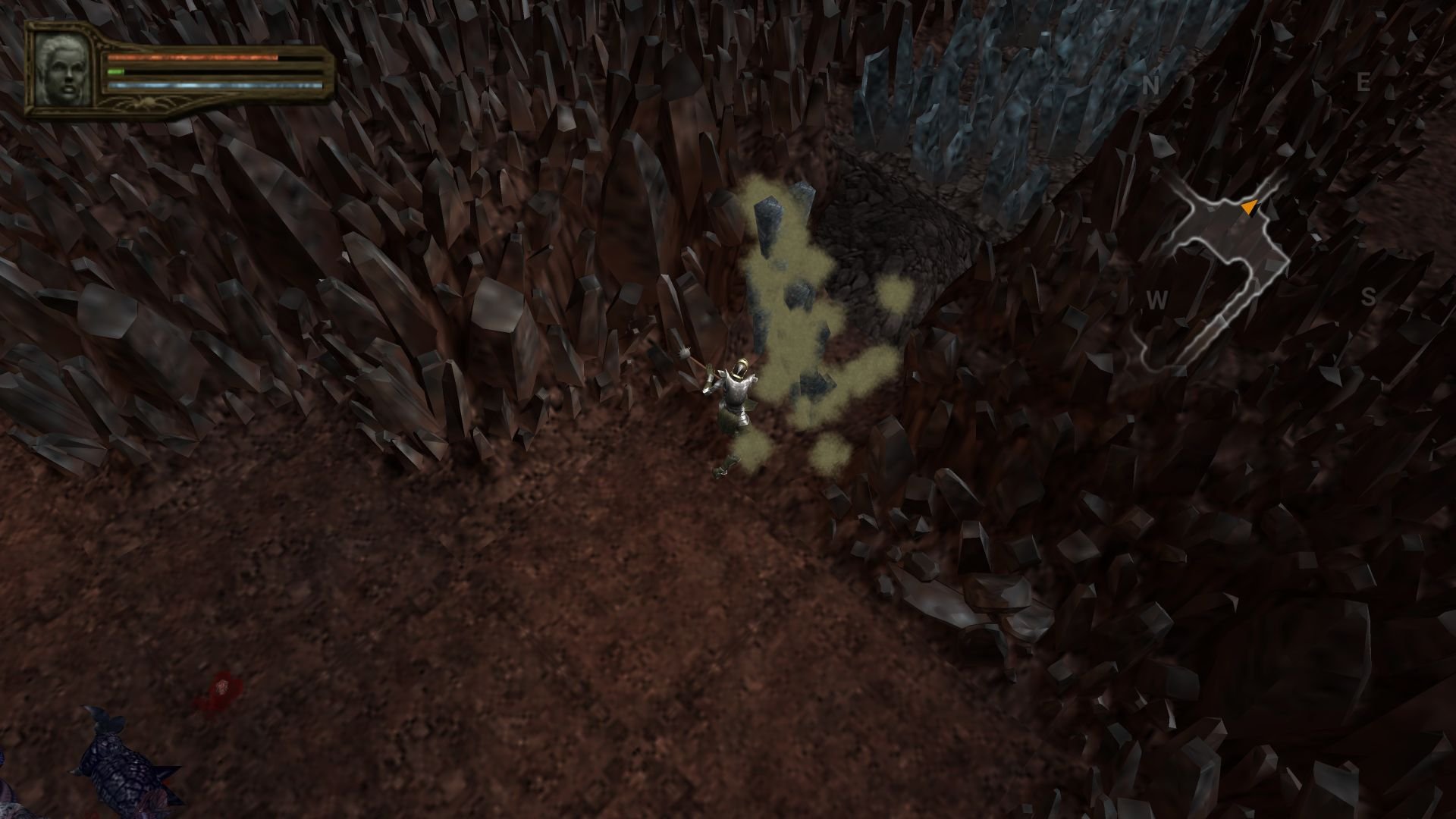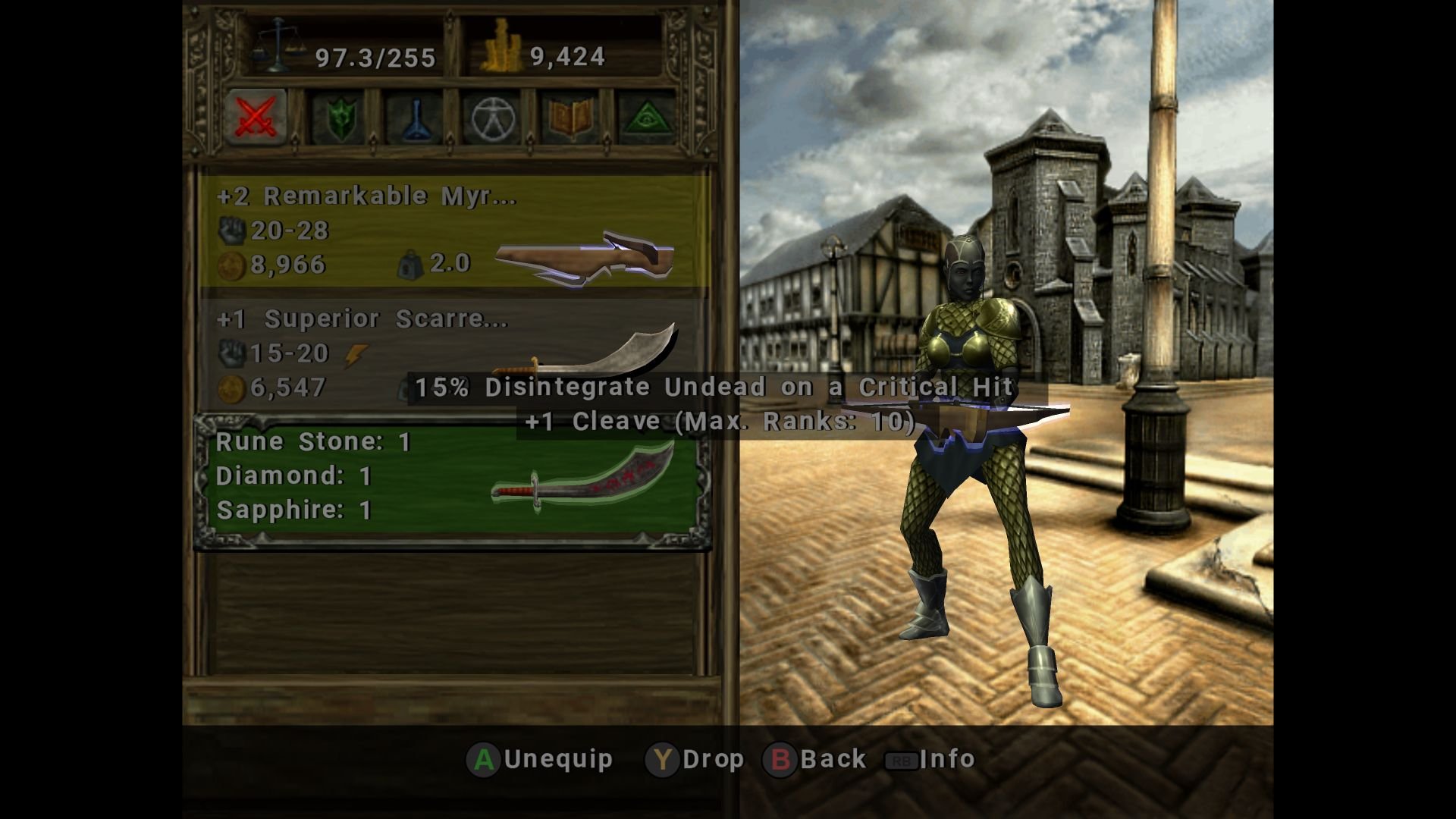Technical Trolls and Glitchy Goblins, oh my!
When Baldur’s Gate: Dark Alliance was released last year, I found it to be a pretty basic re-release of the 2001 original, up-res’d to 4K and formatted for widescreen displays. Not only was the game pretty much a modern snapshot of the original, but it also contained all the same bugs, codes, and issues that existed back then, for better or for worse. Still, it was a game I adored, despite a price tag I didn’t feel it deserved and a game that could have certainly used more work to re-release. Over a year later, Dark Alliance II has now hit digital stores, and much like its predecessor, it is here, warts and all.
Going into Dark Alliance II, I had better expectations this time around considering the basic coat of paint that was used to bring the first title to modern systems. I knew what it was going to look like, how it would feel to play, and all that was delivered in a way that met my expectations. Now, that doesn’t mean I am simply happy that it hit that benchmark, but because the game had hit those very basic goals I had for it, I could place my disappointment in a very real place.
The first few days of release, the game was pretty much unplayable. One of the early areas, The Red Goblin Lair, couldn’t be accessed on Xbox. It would freeze loading into that location each and every time. I tried for hours to attempt for it to work. I uninstalled the game, restarted my character; everything. Eventually, a patch hit, and while I could finally make progress, the game would crash on me every twenty minutes or so with great consistency. I also had consistent large patches of ground turn black, or wild raves of geometry splicing into my screen, both of which can be seen above, covering everything to the point where only a full restart of the game would fix it. Finally, a third patch hit, and honestly, it just let the game work and I didn’t experience a single glitch or issue for the last two or so hours of my adventure. How the game was even certified in its launch state, I simply don’t know.
I mentioned in my review for Baldur’s Gate: Dark Alliance that this game is generally meant to be reviewed under two overall ideals; how does this game hold up when compared to the original, given it came out in 2004, and what does it do to warrant the re-release at its price, given my local used game store has a copy of the original for $15, not to mention the copy I still have on my shelf, with a fully functional PS2 already plugged into my TV. So, like my review for the first game, I’ll be diving into both paths and I don’t really have a good answer for both options here, unfortunately.
When you compare Dark Alliance to Dark Alliance II, there are aspects of the sequel that do function and look better. You have deeper customization on your character with vastly more skills to work with, exclusive quests for each of the heroes that end up granting them even more skills to further their power, and on that subject, even more classes to take on as the game has five characters to start with as well as two additional characters that are unlocked upon the completion of the game as well as its “extreme” difficulty mode. This allows Dark Alliance II, which is about 9-10 hours long to have far more replayability due to new characters, quests, and more. While there is no online option, local co-op play does make a return here, and those on Steam can use Remote Play to simulate an online experience.
Dark Alliance II is a direct sequel as we find out just what happened after the events of the previous game, where the dark tower had been destroyed and plans had been set in motion that would see heroes once against being needed to save not only Baldur’s Gate but the world. You’ll choose from Allessia Faithhammer the Human cleric, Borador Goldhand the Dwarf rogue, Dorn Redbear the Human barbarian, Vhaidra Uoswiir the Drow monk, and Ysuran Auondril the Elf necromancer. You can also once again play as Drizzt, but you’ll need to clear the game on any difficulty and press “right” on the d-pad once more on the select screen for choosing your character. Artemis Entreri is also playable, but as mentioned above, you’ll need to clear the game’s “extreme” difficulty first.
Despite the change in developer, Dark Alliance II is generally a better game in every way as not only are there way more areas to explore, far more skills to learn, and exclusive quests that are hero specific, but you can upgrade your weapons via gems to bestow them with magical abilities, giving you vastly more powerful options such as having weapons that can dish out both flame, blood, and acid attacks in a single swing. When taking into account its original release, it was a sequel that was pretty much more of the same as its predecessor as there wasn’t too much of a difference in the game’s visuals or its UI or menus. In fact, they are identical with some location tilesets even being reused here.
Much like Baldur’s Gate: Dark Alliance, this sequel takes place in the same Forgotten Realms campaign, using the 3rd Edition ruleset which was released in the year 2000. It is your typical hack and slash affair as the Dark Alliance brand was more of an action-adventure game with real-time combat than anything turn-based or cursor-based like the traditional Baldur’s Gate franchise. You’ll defeat enemies, gather gold as well as a wealth of loot, and earn experience to slot points into several skills and character stats to make your hero stronger for the challenge ahead.
This re-release operates and plays just as the original did, albeit upgraded to 4K resolution and offering widescreen support. Still, not everything looks great. The original FMV cutscenes here are disappointingly untouched and grainy, and even the character select screen is showing its age. Character models in-game fair significantly better, but environments dramatically vary in quality as one moment you are in a visually striking location and the next in a cave where you can see the seams around every tile that the environment is built from. The boosted resolution makes this even more apparent as the original game on older TVs was able to hide a lot of those shortcomings. While Dark Alliance II does feature more variety in its overall selection of locales, many of them are incredibly dark with almost no lighting to speak of.
The story itself is far more cliche than the original, and despite a wide range of villains to track down and kill, none of them really stand out personality-wise, and this even includes the game’s lead villain, Mordoc, who if they had a mustache, they would be constantly twirling it. There are a few twists to the narrative, sure, but the characters involved in those twists are so typical of the genre that you’ll see them coming a mile away. While the game is filled with some very entertaining boss encounters, the last three battles are all based around the boss gaining back huge chunks of their health, making these fights far more tedious than they should have been.
What allows much of Dark Alliance II to succeed over its predecessor, is that the game is far less linear with more open locations to explore. You are often given a wide range of areas to tackle in any order you want and there are plenty of side quests and grinding zones to conquer almost consistently throughout the adventure. There are a few issues with the game drip-feeding enemies more so than in the first game, as I found far too many areas where you’d see one enemy alone and then another, and another, instead of the packs of foes previously. While it is better than being swarmed and overwhelmed, I feel the enemy placement could have been more plentiful to keep combat flowing more naturally.
While I have my fair share of issues with the game, as well as much of my experience being littered with a wide assortment of technical issues and largely dated audio quality in its voice acting, Dark Alliance II is still the fun adventure it always was. I think as a modern release, it fails almost everything you’d expect from a game its own trailers are saying is “remastered” even though nothing has been touched up here at all. As a re-release, it’s priced simply too high for what is essentially the original game sporting a higher resolution. The game is fun at the end of the day, offering a bigger adventure and more flexibility in its heroes, but as one of the best hack and slash games of its day, this re-release could have been so much better.
Developer - Black Isle Studios, Square One Games. Publisher - Interplay Entertainment. Released - July 20th, 2022. Available On - Xbox One, Series X/S, PlayStation 4/5, Nintendo Switch, Microsoft Windows. Rated - (T) Blood, Violence. Platform Reviewed - Xbox Series X. Review Access - A review code was provided by the publisher for the purpose of this review.














